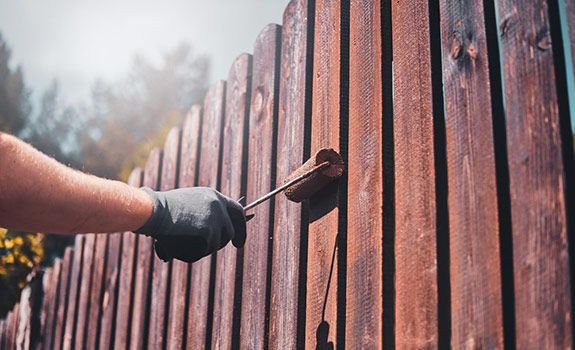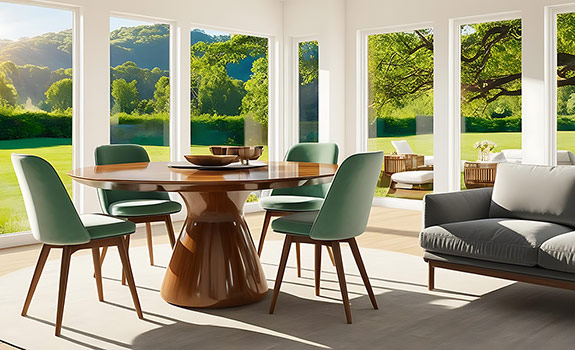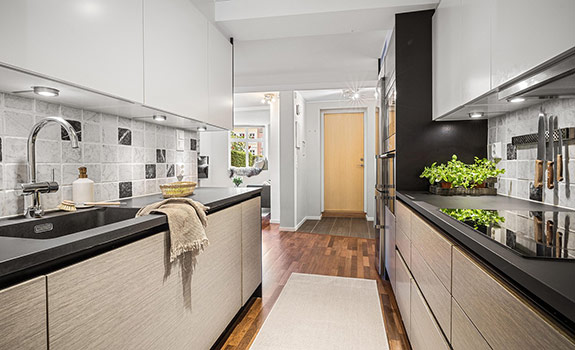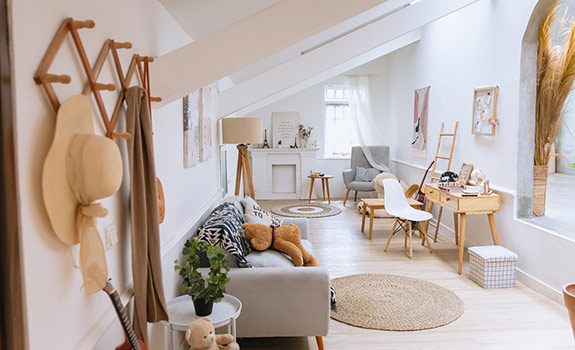Downsizing sounds so simple in theory: less stuff, more space, more freedom. But it’s rarely just about boxes and donations. Letting go of things often means letting go of small chapters of your life. A favorite mug from your first apartment. Your band T-shirts since you were a groupie. Even that old casserole dish your grandma used to pack Thanksgiving leftovers for you.
Downsizing and decluttering, particularly during important life changes, such as switching homes, getting married, or packing your kids for college, can feel quite daunting and overwhelming. There’s a lot of decision making plus emotional and physical work that goes into it.
But here’s the good news: decluttering doesn’t have to feel like ripping off a band-aid. You can take a gentler approach to create a home that’s lighter, calmer, and perfectly ready for whatever comes next.
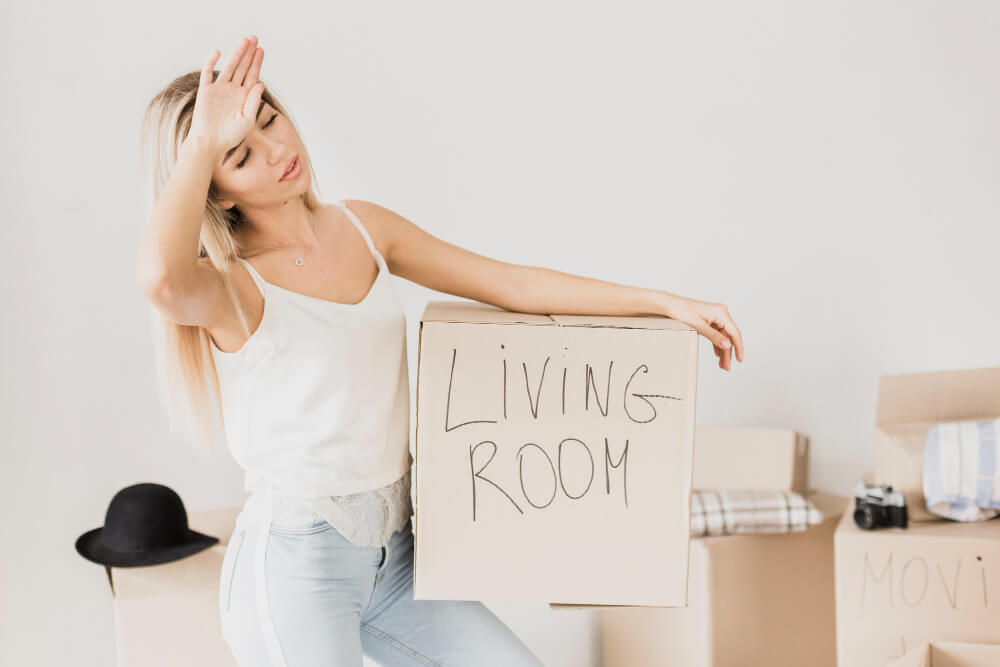
Keep the essence without the excess
One of the healthiest ways to approach downsizing is to reframe it. Instead of thinking about what you’re losing, think about what you’re choosing to keep. You’re not throwing things away but, instead, you’re curating your own story. You don’t need every birthday card you’ve saved since college, but holding onto one or two that captures the essence of your friendships can preserve the memory without weighing you down. That shift in perspective makes the process feel less like cutting ties and more like honoring the most meaningful parts of your journey.
Take it slow
Big weekend purges sound productive, but they usually leave you exhausted, cranky, and second-guessing every decision. Downsizing doesn’t have to be a sprint. A slower pace is healthier and more sustainable. For example, you could do one closet one evening, a few drawers the next day, and so on. Even twenty minutes here and there adds up over time. By breaking the process into bite-sized sessions, you give each decision the attention it deserves, and you protect yourself from feeling overwhelmed.
Give proper goodbyes
Sometimes the hardest part of letting go is the finality of it. Create small rituals to soften that edge. Snap a photo of your child’s old soccer jersey before donating it. Frame one of your posters from college and display it on a wall. Play a favorite playlist while you pack up the kitchenware that belonged to your grandmother. These simple acts transform decluttering from a chore into something meaningful. They allow you to say goodbye with gratitude rather than guilt.
Listen to your body
It’s easy to underestimate how physical decluttering can be. It’s not just the lifting and the sorting. Emotions also show up in your body. You may feel your shoulders tighten when you pull out a box of love letters, or your stomach knot when you open a trunk of inherited keepsakes. Those signals are your body’s way of telling you to pause. Step outside for a breath of fresh air, make a cup of tea, or curl up with a blanket for a short reset. Taking breaks doesn’t slow you down but helps you keep going with more clarity and care.
Give yourself a “maybe” zone
One of the biggest sources of stress in downsizing is the pressure to make decisions right away. But the truth is you don’t have to. In fact, it’s smarter and more productive to postpone some of the decisions.
Create a “maybe” zone. It could be a box, a closet, even just a designated corner of a room. When you come across something you’re not ready to part with, set it aside instead of agonizing over it. You can revisit the belongings after a few days, or even a few weeks, with fresh eyes. More often than not, you’ll realize the item isn’t as essential as it once felt and letting it go will be much easier.
Use self storage
Sometimes a “maybe” box isn’t enough, especially if you’re downsizing into a much smaller space or moving in with someone who prefers a more open, uncluttered look. That’s where self storage can become a real ally. Instead of rushing through decisions you might regret, you can place belongings in a storage unit for the time being.
For example, you might not be sure whether to keep a dining table that seats eight when you’re moving into a two-bedroom condo. Putting it in storage lets you see if you miss hosting big dinners or if your lifestyle has shifted toward smaller gatherings. The same goes for collections, seasonal décor, or sentimental furniture that you aren’t ready to part with. By pressing pause with storage, you avoid making rushed decisions, protect your emotional well-being, and keep your home light and uncluttered.
Self storage unit sizes vary greatly, from small lockers that are perfect for a few boxes of extra belongings to large units where you can keep several rooms worth of furniture. This makes it easy to choose the right unit size and to pay for exactly as much space as you need.
Ask for support if you need it
Downsizing can feel overwhelming when you go at it alone. Having support doesn’t mean someone comes in and tells you what to do; sometimes it’s just about companionship. Invite a friend who knows how to listen without judgment or schedule a “declutter date” with someone remotely, where you both work on your own spaces while keeping each other company on video chat. The presence of another person, even virtually, can make the hardest decisions feel lighter.
Focus on the future
It’s easy to get lost in what you’re giving up, but the real meaning of decluttering and downsizing is the extra space you’re creating for yourself and for doing the things you enjoy. Imagine walking into a kitchen where the counters are clear enough to roll out pizza dough or knead bread without having to move all sorts of utensils and small appliances around. Picture a bedroom closet where you can actually see every piece of clothing you own and where everything hanging up is something you love to wear. Downsizing isn’t about having less. It’s about making room for the life you want to live now.
In the end, decluttering isn’t about erasing your past. It’s about carrying forward what truly matters and letting the rest go with gratitude. This way, you can reshape your home into a place that feels warm, calm and ready for all that comes next.
Published in: Home advice | Author: Lynn



